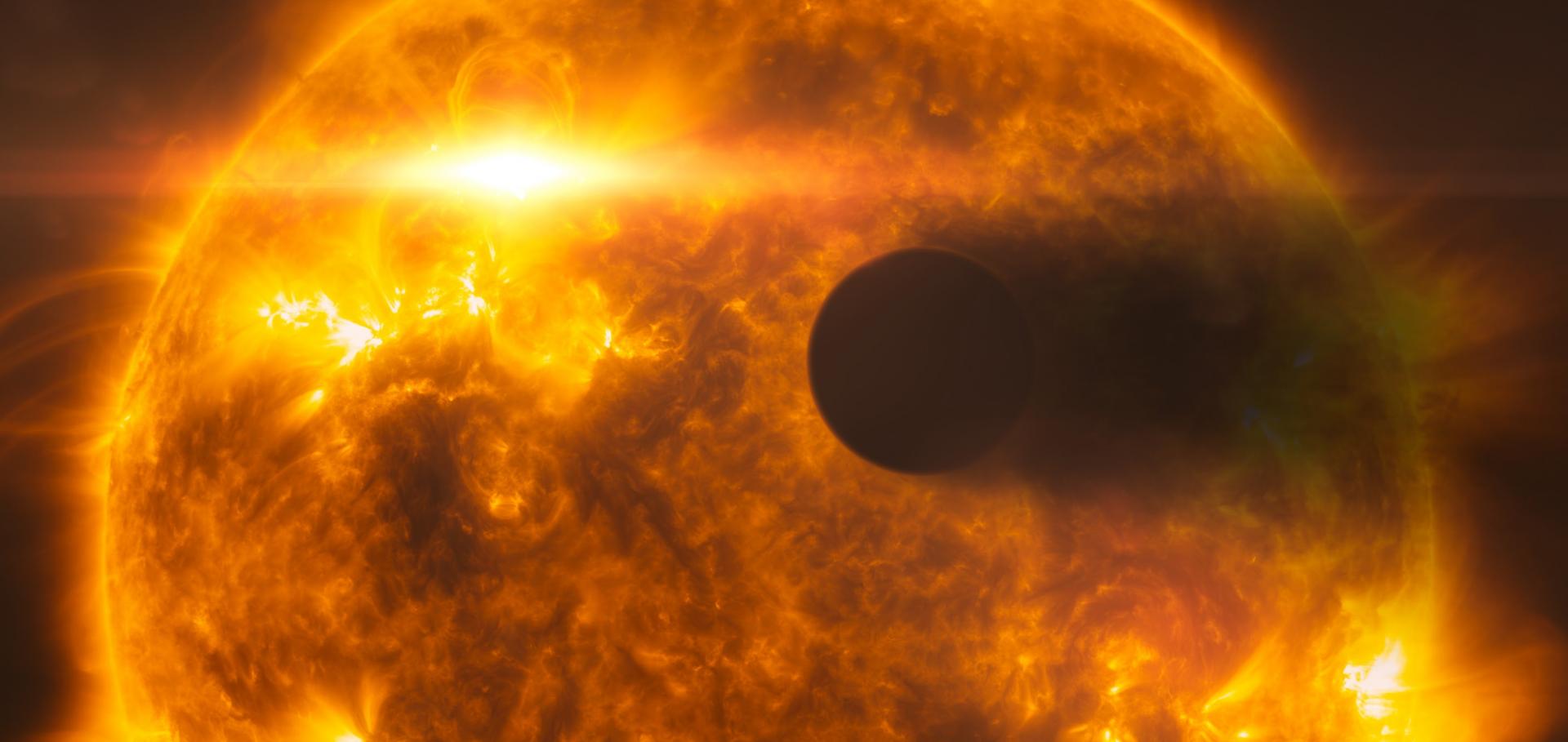Erratum: “An 11 Earth-mass, Long-period Sub-Neptune Orbiting a Sun-like Star” (2019, AJ, 158, 165)
The Astronomical Journal American Astronomical Society 159:1 (2020) 34-34
A robust, template-free approach to precise radial velocity extraction
(2019)
The K2 Bright Star Survey. I. Methodology and Data Release
Astrophysical Journal Supplement American Astronomical Society 245:1 (2019) 8
Abstract:
While the Kepler mission was designed to look at tens of thousands of faint stars (V gsim 12), brighter stars that saturated the detector are important because they can be and have been observed very accurately by other instruments. By analyzing the unsaturated scattered-light "halo" around these stars, we retrieved precise light curves of most of the brightest stars in K2 fields from Campaign 4 onward. The halo method does not depend on the detailed cause and form of systematics, and we show that it is effective at extracting light curves from both normal and saturated stars. The key methodology is to optimize the weights of a linear combination of pixel time series with respect to an objective function. We test a range of such objective functions, finding that lagged Total Variation, a generalization of Total Variation, performs well on both saturated and unsaturated K2 targets. Applying this to the bright stars across the K2 Campaigns reveals stellar variability ubiquitously, including effects of stellar pulsation, rotation, and binarity. We describe our pipeline and present a catalog of the 161 bright stars, with classifications of their variability, asteroseismic parameters for red giants with well-measured solar-like oscillations, and remarks on interesting objects. These light curves are publicly available as a High Level Science Product from the Mikulski Archive for Space Telescopes (footnote 17).The K2 Bright Star Survey. I. Methodology and data release
Astrophysical Journal Supplement American Astronomical Society 245 (2019) 8
Abstract:
While the Kepler mission was designed to look at tens of thousands of faint stars (V gsim 12), brighter stars that saturated the detector are important because they can be and have been observed very accurately by other instruments. By analyzing the unsaturated scattered-light "halo" around these stars, we retrieved precise light curves of most of the brightest stars in K2 fields from Campaign 4 onward. The halo method does not depend on the detailed cause and form of systematics, and we show that it is effective at extracting light curves from both normal and saturated stars. The key methodology is to optimize the weights of a linear combination of pixel time series with respect to an objective function. We test a range of such objective functions, finding that lagged Total Variation, a generalization of Total Variation, performs well on both saturated and unsaturated K2 targets. Applying this to the bright stars across the K2 Campaigns reveals stellar variability ubiquitously, including effects of stellar pulsation, rotation, and binarity. We describe our pipeline and present a catalog of the 161 bright stars, with classifications of their variability, asteroseismic parameters for red giants with well-measured solar-like oscillations, and remarks on interesting objects. These light curves are publicly available as a High Level Science Product from the Mikulski Archive for Space Telescopes (footnote 17).A ghost in the toast: TESS background light produces a false “transit” across τ Ceti
Research Notes of the AAS American Astronomical Society 3:10 (2019) 145


